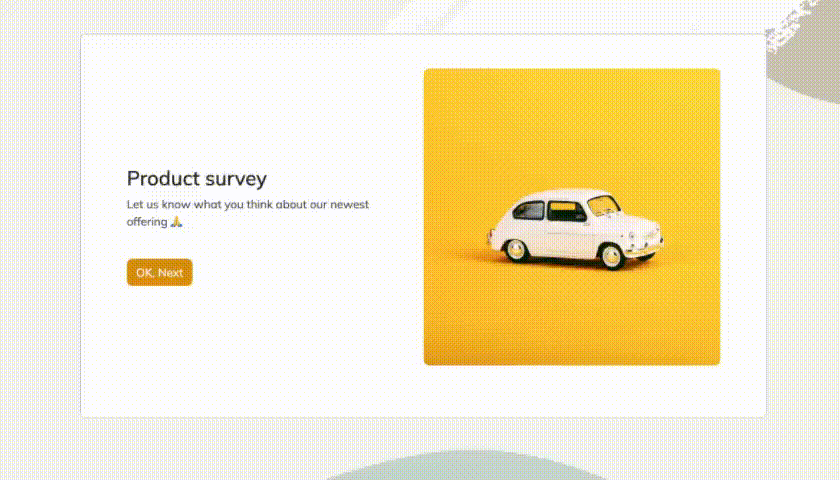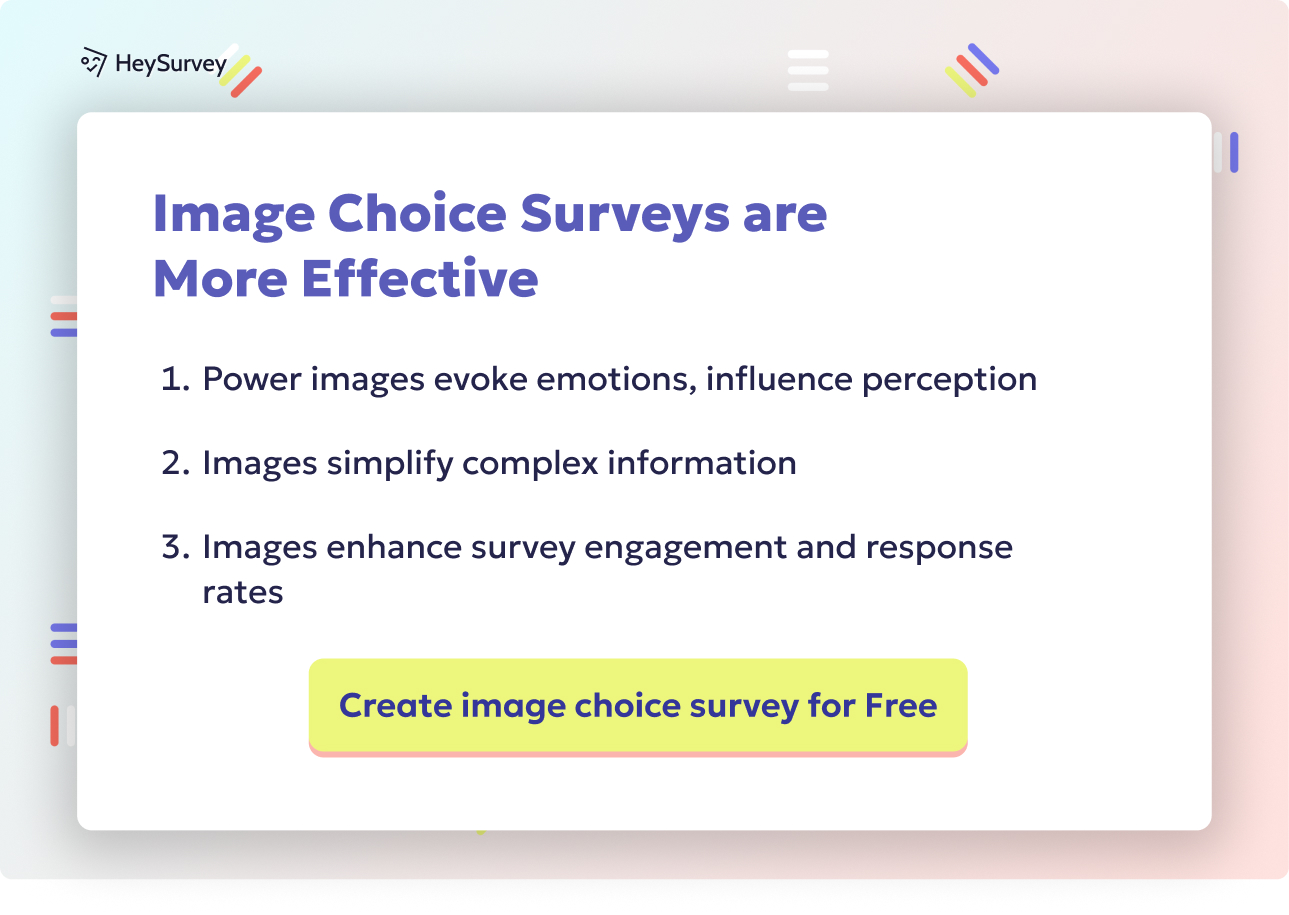32 Website Redesign Survey Questions to Guide Your Success
Explore 40 website redesign survey questions with expert tips to gather real user insights and align stakeholder goals for a successful redesign.
If a website redesign is on your roadmap, surveys can be your best friend—or at least your sharpest tool. Real user feedback and stakeholder clarity fuel design magic. Get your timing right: survey before sketching, during drafting, and after flipping the “live” switch. Listening closely delivers UX people crave, frequent visits, and a site that feels built for them—not just the CEO’s wish list.
Stakeholder Alignment Surveys
Why & When to Use This Type
Aligning stakeholders is like herding cats—critical, yet rarely glamorous. Uniting executives, marketers, developers, and sales in the same vision is how the magic happens. This survey type should happen right at project kickoff, before wireframes or creative work even starts.
Unexpected chaos loves a vague brief. Get input early to prevent scope creep and squash those conflicting KPIs before they take root. Skipping this step is like skipping coffee: things get messy, and nobody wins. Communicate openly to surface hidden agendas, non-negotiables, and dreams big and small.
Clear buy-in doesn’t just make the project smoother. It ensures website goals match business goals. Plus, capturing stakeholder priorities now keeps them engaged once the design is live—no nasty surprises or “why wasn’t I consulted?” moments.
5 Sample Questions
- Which business objectives must the new site support first?
- What metrics will define redesign success for you?
- Which existing site elements are non-negotiable?
- Where do you see competitors outperforming us online?
- What budget or timeline constraints concern you most?
Creating a space for honest feedback means:
- Understanding risk tolerance
- Surfacing budget limitations up front
- Spotlighting what “success” really means for each leader
- Focusing the team on high-impact ideas
Early alignment sets the stage for everything that follows—if you want to avoid dramatic mid-project pivots, don’t skip it.
Early stakeholder engagement in website redesigns aligns project goals with business objectives, preventing scope creep and ensuring a smoother development process. (oho.com)
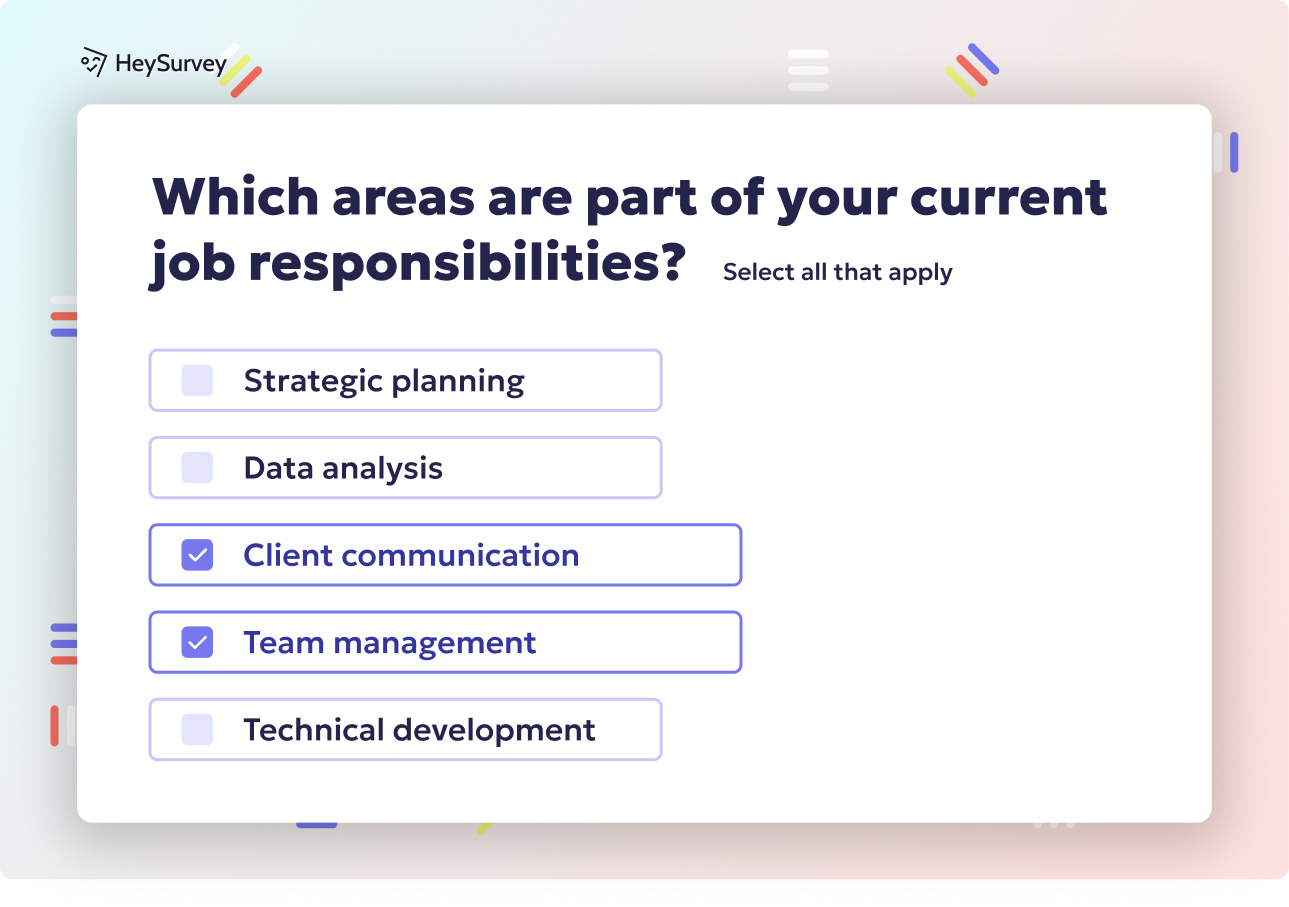
Creating a survey with HeySurvey is quick and easy—even if you've never tried it before! Here’s how you can launch your very own website redesign survey type in just three simple steps:
Step 1: Create a New Survey
Click the “Create New Survey” button to get started. You can pick an empty survey to build from scratch or select a handy template that fits the survey type you need (like stakeholder alignment or usability). Enter a name for your survey and hit “Create.” Voilà, your survey editor is ready!
Step 2: Add Questions
In the survey editor, hit “Add Question” to insert your queries. Choose the question type that fits best—single choice, multiple choice, scale ratings, or open text for detailed answers. Copy and paste your carefully crafted questions from the article or type new ones. Don’t forget to mark essential questions as required if you want to make sure no one skips them!
Step 3: Publish Survey
Once your questions are polished and arranged, simply click “Publish.” You’ll get a shareable link ready for email blasts, social media, or embedding directly on your website. To save your collected responses and access result analytics, create or sign in to your HeySurvey account before publishing.
Bonus Step 1: Apply Branding
Make your survey feel like an official part of your company by adding a logo and customizing colors in the Designer Sidebar. A little branding polish boosts respondent trust and engagement.
Bonus Step 2: Define Settings
Set your survey’s start and end dates, limit the number of responses, or add a redirect URL after completion in the Settings panel. You can also allow respondents to view results if that suits your style.
Bonus Step 3: Skip into Branches
Use branching to tailor question flow based on previous answers. For instance, if someone says they found the checkout confusing, you can jump to follow-up questions only relevant to them. This makes surveys feel more personalized and less like a chore.
Ready to craft your perfect website redesign survey? Just hit the button below to launch a prebuilt template and start collecting insights today!
Current User Satisfaction Surveys
Why & When to Use This Type
Let’s face it: your everyday users know your website best—sometimes better than you. Tapping into their joys and frustrations delivers more insight than hours poring over analytics. Before a pixel is moved or a sitemap is brainstormed, these surveys capture candid first impressions.
Drop these user satisfaction checks via live-site pop-ups, email invites, or even exit-intent modals. Target folks who already know the lay of the land. Their feedback helps you spot gaps, uncover “near-collisions,” and capture your baseline. Grumpy users today? Happy users tomorrow after the right fixes.
No need for a long-winded research process. A handful of direct, open-ended questions surfaces what really hurts. You’ll see first-hand which screens aren’t pulling their weight and which gems need further polish.
5 Sample Questions
- How easy is it to find the information you came for today?
- Which page frustrated you the most and why?
- On a scale of 1–10, how visually appealing is our current design?
- What nearly stopped you from completing your task?
- What would you improve first if you were in charge?
Insights from these questions power:
- Sharper bug-fixes
- Priority lists for new features
- Visual clues on what actually resonates with real people
- Trust—their voice is part of shaping the new experience
Baseline satisfaction matters—a lot. Don’t let your redesign be guided by guesswork. Let your loyal, everyday users show you the path.
Incorporating open-ended questions in website redesign surveys yields deeper insights into user experiences and preferences. (blog.hubspot.com)
Usability Pain-Point Surveys
Why & When to Use This Type
Google Analytics will not tell you if checkout is rage-inducing or that a form field is haunted. Usability pain-point surveys fill that gap by zooming in where numbers alone are mute—navigation woes, weird error messages, and all things “why can’t I just…?”
Roll out these surveys during prototype testing—either with friendly volunteers or a real beta launch. The aim here is to spot friction before a wider audience gets involved. It’s like having your own focus group, but with sharper honesty (and fewer donuts).
Pain-point feedback often leads to surprising “aha” moments. Analytics might show a bottleneck, but only a real user describes the “why” behind the drop-off. Their stories uncover quirks, not just statistics.
5 Sample Questions
- Which step in the checkout felt confusing or lengthy?
- Did you encounter any broken links or error messages?
- How intuitive was the site’s menu labeling?
- Were you able to return to your last viewed item easily?
- How would you describe the overall page-loading speed?
Pain-point surveys unlock:
- Specific bug reports
- Navigation gremlins hiding in plain sight
- Menu terms that sound good but mean nothing to visitors
- Slowdowns and “please wait” agony that may drive bounces
User friction will sabotage even the slickest design. Let direct, actionable findings lead you to a smoother journey.
Content Relevance & Gap Analysis Surveys
Why & When to Use This Type
Modern websites are built on content, not just code. Yet, even the best copy gets stale. Content relevance surveys are your tool for sniffing out which articles, product pages, or resources need an update—or a total overhaul.
Perfect timing? Do this before any major content audit, and again after new IA (information architecture) drafts are ready. Your goal: map what current audiences want with what you have, spotlighting glaring gaps and wasted efforts. Search engines love it when humans point out what’s missing.
Everyone’s info diet changes, so these questions keep your site’s voice confidently in sync with audience needs. You’ll surface keywords, missed topics, or even clunky page layouts that cost you conversions.
5 Sample Questions
- Which topics do you wish we covered in more depth?
- Are any pages outdated or no longer valuable?
- How helpful are our product descriptions in making a purchase decision?
- What formats (video, infographics, long-form guides) do you prefer?
- Which industry keywords brought you here that we didn’t address?
With answers in hand, your content strategy can:
- Shed irrelevant or dated pages
- Double down on engaging, high-traffic topics
- Catch keywords and questions that have flown under the radar
- Tailor new formats—from snappy FAQs to video explainers
Relevant content is fuel for better UX and stronger organic reach. Shovel out the deadwood, and let creativity grow where it matters!
More than half of consumers (55%) are likely to revisit a company's website if they find the content useful and valuable. (clutch.co)
Visual Design Preference Surveys
Why & When to Use This Type
Design is more than “does it look pretty?”. Visual design preference surveys turn trends into a conversation—tapping directly into what your target audience admires, trusts, and remembers.
Deploy these during the branding phase or before high-fidelity comps are locked. If you’re itching to launch a brand refresh and site redesign together, you’ll want to ask first—find out what colors, imagery, and typography actually land with your bankable crowd.
No, your favorite shade of teal is not always the magic bullet. Users pick up genre-specific cues and form split-second judgments. So, get their take before the creative wheels are spinning at 100 mph.
5 Sample Questions
- Which of these two color schemes better represents trustworthiness to you?
- How would you describe our current imagery (outdated, modern, generic, authentic)?
- What emotions does the proposed homepage mock-up evoke?
- Is the font size readable on your typical device?
- Which competitor’s site design do you admire most and why?
Survey findings let you:
- Avoid dated tropes and clichés
- Tailor palette, icons, and layouts to user expectations
- Test emotional resonance—excitement, trust, playfulness, etc.
- Benchmark against industry leaders, not just personal taste
User-inspired visuals give your site style and memorability, not just “nice to look at” points. Go bold, but go smart!
Feature Prioritization & Functionality Surveys
Why & When to Use This Type
Wish lists are long, budgets are short. Feature prioritization surveys help you decide which shiny new tools—or practical essentials—deserve attention, dollars, and development hours.
Conduct these surveys during the scope-definition phase, and again post-MVP. Early on, “Would you use chatbots or want a dark mode?” can sharpen your first build. Later, after MVP goes live, you know what adds value, and what just bloats the menu.
Traditional brainstorming piles on ideas. Surveys rank them by user demand—not team intuition. And if no one is clamoring for a widget, your designers dodge feature bloat.
5 Sample Questions
- Rank the following features by importance: live chat, saved carts, product comparison.
- Which functionality would convince you to visit more often?
- Are you willing to create an account for personalized content?
- How valuable is a dark-mode option to you?
- What tasks cannot be done on our current site that you wish were possible?
Benefits of feature surveys:
- Prevent scope and MVP from exploding
- Identify user “dealbreakers” or “delighters”
- Prioritize dev hours for maximum impact
- Cull low-demand, high-maintenance features early
Feature clarity removes guesswork and keeps your team’s roadmap realistic—and user-driven!
Accessibility & Inclusivity Surveys
Why & When to Use This Type
True inclusivity is more than checking a box—it’s making sure every visitor, regardless of ability, can engage with your content and tools. Accessibility surveys ensure you aren't leaving anyone out.
Prime time for these checks: during prototype testing, and again after QA signs off. Auditing your redesign against standards and real users’ experiences prevents legal headaches—and earns genuine goodwill. Crowdsource feedback from people using screen readers, alternative input methods, or needing larger type.
The answers go deeper than compliance. They reveal how well your site actually serves real people—across cognitive, visual, and mobility spectrums.
5 Sample Questions
- Did you use any assistive technologies while browsing?
- Were contrast levels and font sizes sufficient for readability?
- Could you navigate all interactive elements via keyboard only?
- Did any videos lack captions or transcripts you needed?
- How inclusive do our images and language feel to you?
Why run these surveys? To:
- Identify real-world blockers like hidden menus or low contrast
- Ensure multimedia is friendly to everyone—captions, transcripts, alt text
- Make navigation seamless for keyboard users
- Let diverse communities see themselves reflected in content and visuals
Accessible design is creative, smart, and far-reaching. Every improvement here boosts usability for all.
Post-Launch Feedback Surveys
Why & When to Use This Type
You’ve launched, celebrated, and the fireworks are over. Now comes the moment of truth: did the new website deliver what your users hoped for—or are “teething problems” spoiling the mood? Post-launch surveys close the feedback loop.
Timing is everything—run these 2–4 weeks after launch. This window is sweet: first impressions are fresh, but users have had time to dig around and discover quirks. Capture not just happy stories, but honest complaints too.
Feedback here justifies ROI, as well as shapes your “post-launch tune-up” sprint. Don’t wait until gripes go viral; use insights to deliver quick fixes and set future priorities.
5 Sample Questions
- How satisfied are you with the new website compared to the old one?
- Did you accomplish your task faster on the revamped site?
- What still feels missing or broken?
- Would you recommend our site to a colleague (NPS scale)?
- What one change would most improve your experience?
What do you gain? Well, you can:
- Gauge redesign success against real user priorities
- Surface new bugs and growing pains
- Identify high-value features that deserve more attention
- Foster a cycle of continuous improvement—users see their voices matter
User-driven launches keep momentum alive and fend off post-launch letdowns. Celebrate quickly, then listen closely!
Website Redesign Survey Best Practices – Dos and Don’ts
Surveying is part art, part science. Great surveys are strategic, concise, and actionable—bad ones are tedious, confusing, and easy to ignore.
What to do:
- Segment your audience so each group gets questions that fit their role
- Keep surveys brief and avoid overwhelming people
- Offer fun incentives—discounts, drawings, early-bird perks
- Test every survey on mobile for effort-free feedback
- Iterate your questions based on early results, tweaking for clarity and relevance
What not to do:
- Don’t force users through endless, mandatory fields
- Don’t brush off negative feedback (it’s gold!)
- Don’t launch surveys too early (before users experience change) or too late (after the buzz fades)
- Don’t rely solely on one feedback channel—mix pop-ups, emails, and social outreach
- Don’t forget privacy compliance—handle user data with care and transparency
To craft unbiased questions, use neutral language and avoid leading statements. Blend qualitative and quantitative items for color and context, but keep readability high. Leverage findings for experience improvements—star ratings tell you one thing, open text reveals the “why” and new keyword gems.
Surveys done well are conversational, not interrogative. They build long-term trust with your audience and power up every redesign sprint with insights that no analytics dashboard can match.
Spark fresh conversations. Invite discovery. And most importantly—let your website’s next act be shaped by the voices that matter.
Conclusion
Harnessing the power of surveys at every stage of a website redesign ensures your project is guided by those who matter most—users and stakeholders. With the right questions and methodical timing, your new site will be rooted in real needs and genuine feedback. This approach delivers a user experience that keeps visitors coming back and talking about you for all the right reasons. So ask, listen, and iterate with confidence. Your audience is ready to help you build something spectacular.
Related UX Survey Surveys
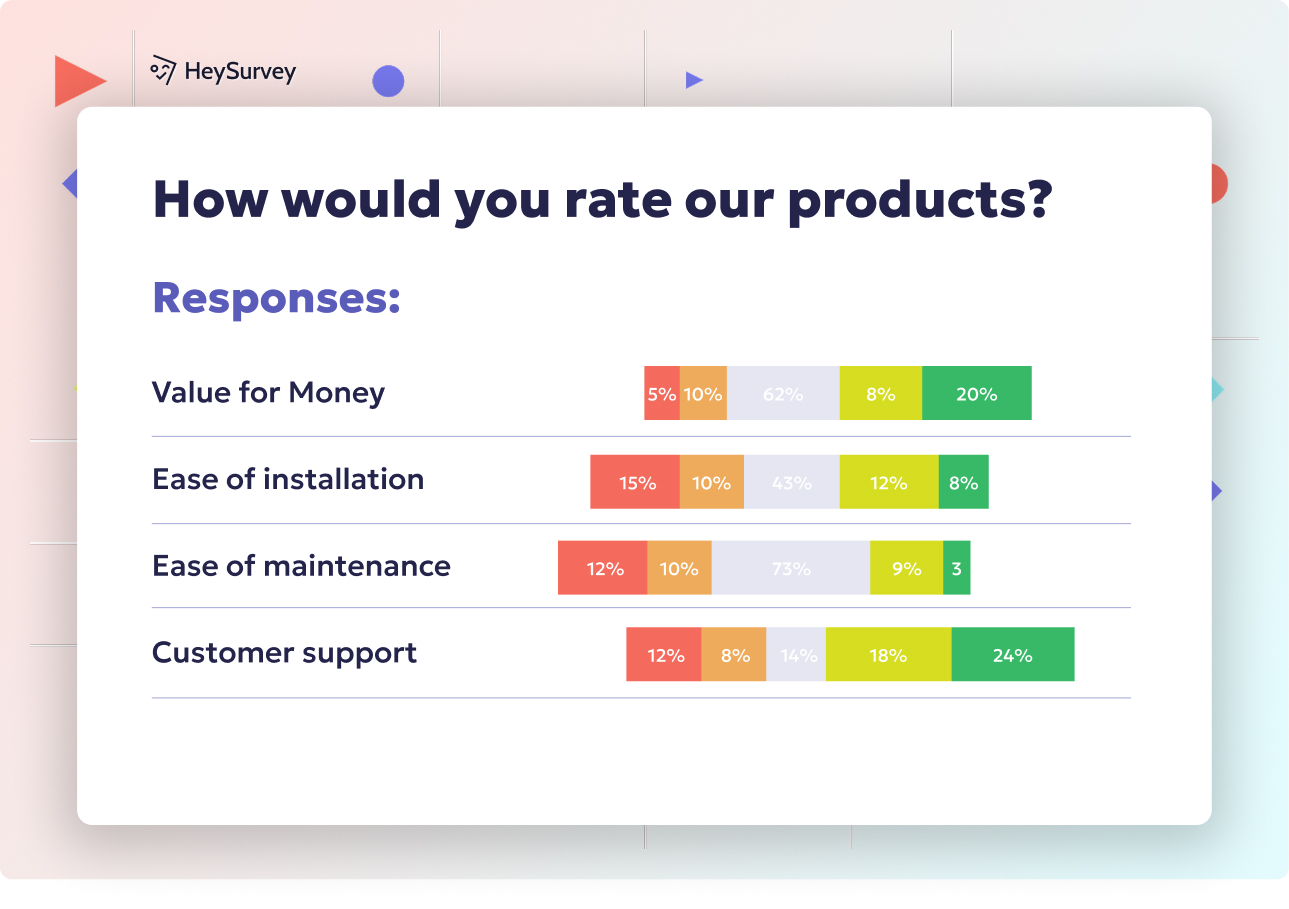
32 Software User Experience Survey Questions: The Complete Guide
Discover 28 expert software user experience survey questions with templates to collect user feedb...
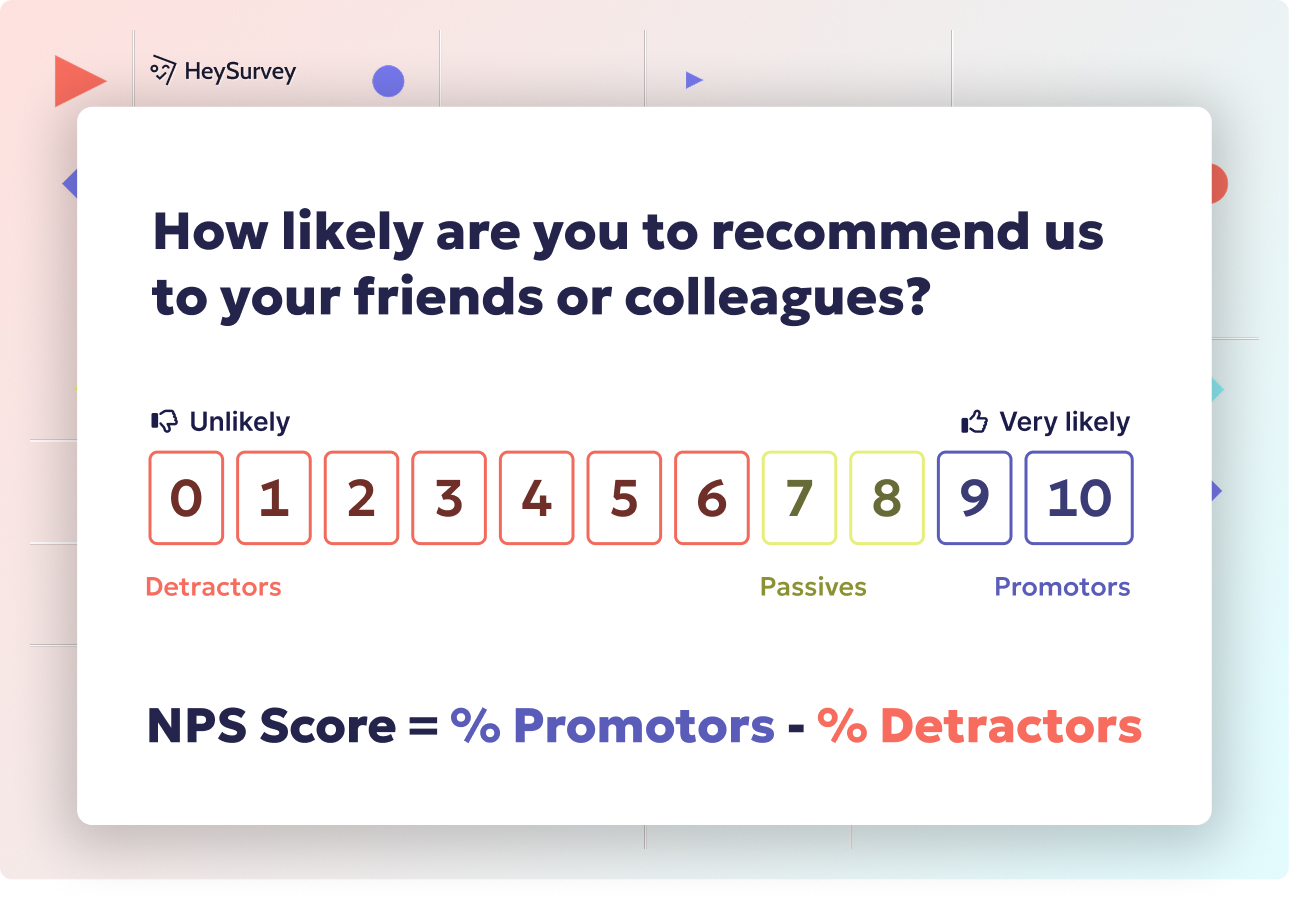
30 UX Survey Questions Example: Types, Use-Cases & Samples
Discover 30+ UX survey questions example with best-in-class samples, types, and use cases to opti...
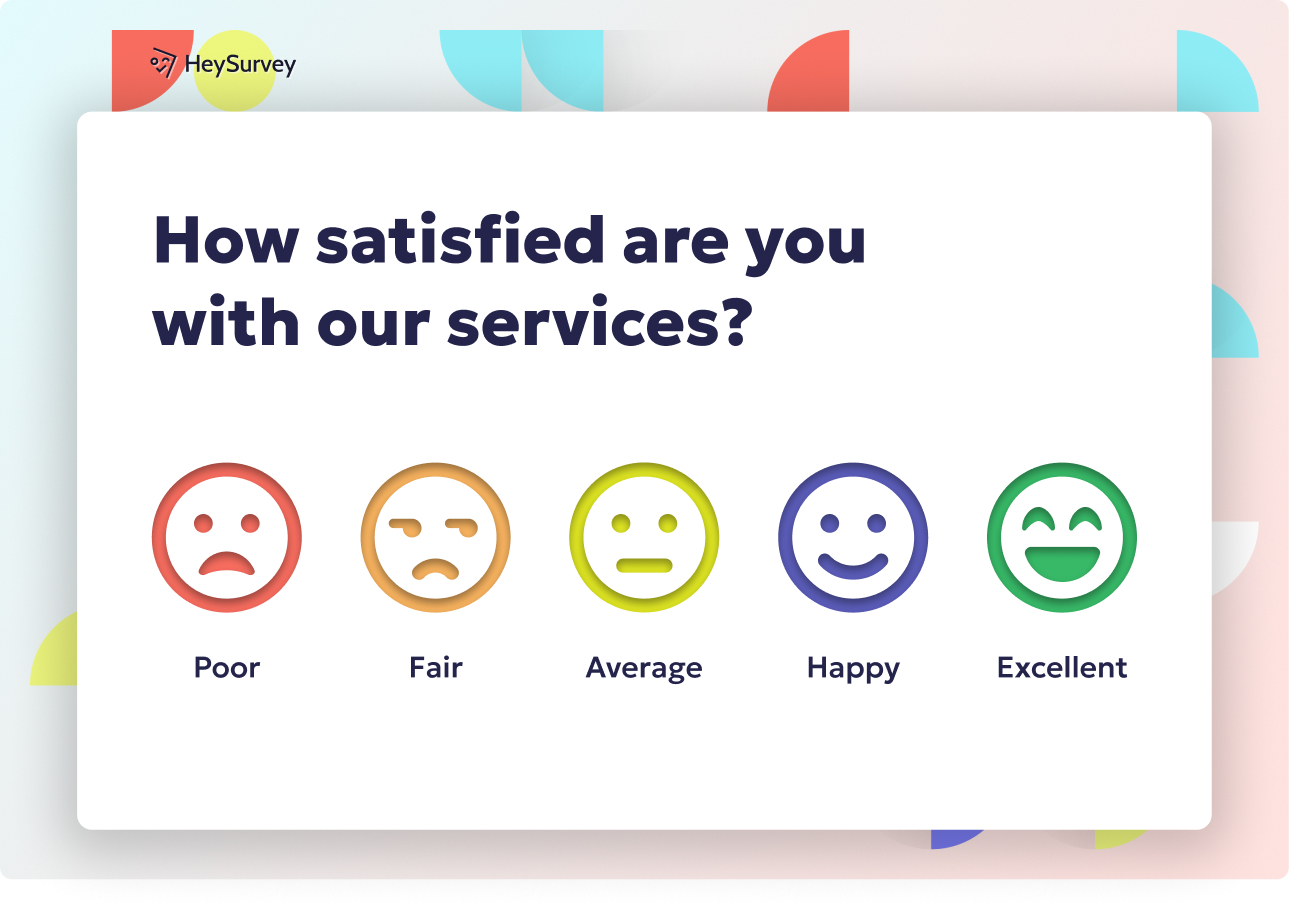
31 Website Survey Questions About Usability: Guide & Examples
Discover 30+ website survey questions about usability with expert tips and examples to boost user...
